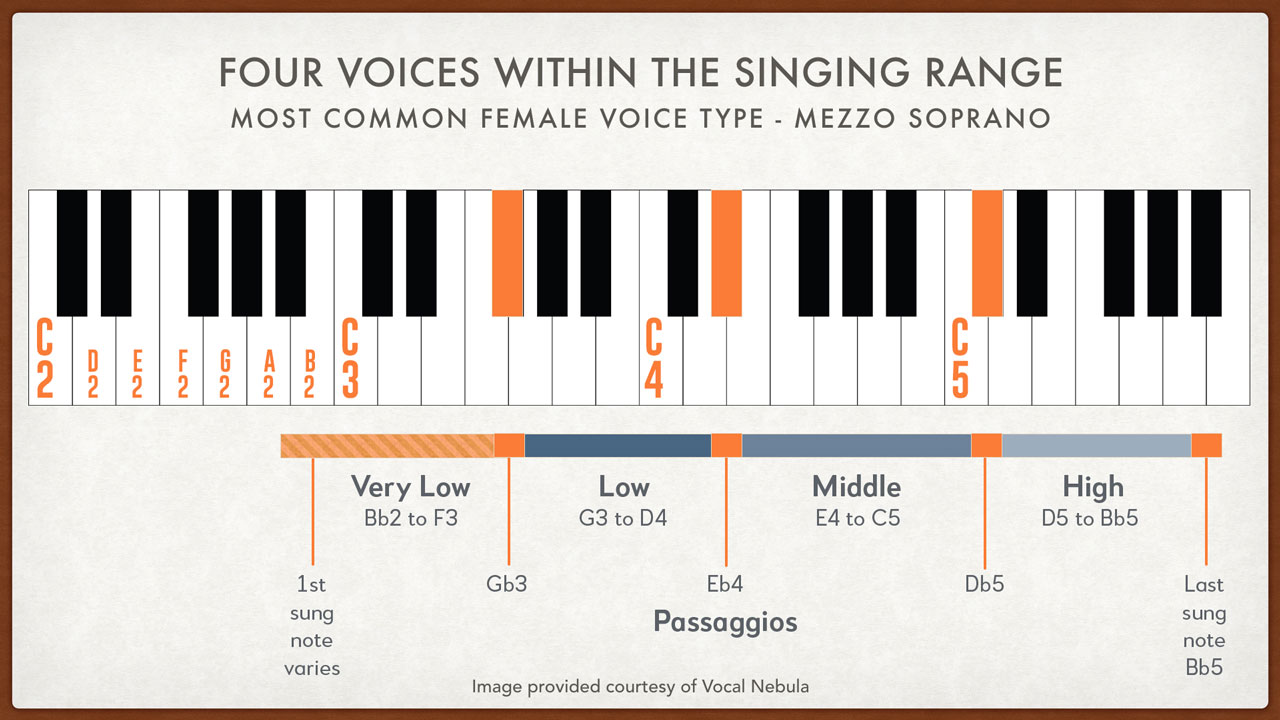An adult woman s average voice ranges from 165 to 255 hz while a man s is 85 to 155 hz

The Average Voice Range: How It Differs Between Men and Women
Have you ever wondered why some voices sound lower or higher than others? The pitch of a person’s voice is determined by the frequency of their vocal cords’ vibrations. Interestingly, there are noticeable differences in the average voice range between adult men and women.
According to research, an average adult woman’s voice ranges from 165 to 255 Hz, while a man’s voice typically ranges from 85 to 155 Hz (hertz). This fundamental frequency of vocal cord vibration contributes to the pitch and perceived gender of one’s voice.
Understanding the Science Behind Voice Pitch
To comprehend the variation in voice pitch between men and women, it is essential to understand the anatomy of the human vocal cords. Vocal cords, which are located within the larynx, are folds of tissue that vibrate when air passes through them during speech or singing. These vibrations produce sound waves, which we perceive as the voice. The frequency of these vibrations determines the pitch.
As mentioned earlier, an adult woman’s vocal cords generally vibrate within a range of 165 to 255 Hz. In contrast, adult men tend to have larger larynxes and thicker vocal cords, resulting in slower vibrations ranging from 85 to 155 Hz. These slight anatomical differences play a significant role in the natural variation of voice pitch between genders.
Implications for Communication
Understanding the average voice range differences between men and women is crucial in various fields, such as speech therapy, linguistics, and vocal training. Vocal professionals, like speech-language pathologists, use this knowledge to assist individuals with vocal disorders or those seeking to develop their voices professionally.
Moreover, research suggests that individuals’ perception of voice pitch influences their attitudes and assumptions about gender-specific attributes. Society often associates lower-pitched voices with characteristics like assertiveness and authority, while higher-pitched voices are linked to femininity and approachability. However, it is important to note that such generalizations do not hold true for all individuals and should be avoided to prevent stereotypes.
The Art of Vocal Modulation
While the average voice range for men and women falls within certain frequencies, it is essential to remember that individuals can modulate their voices to a certain extent. Factors such as emotions, age, cultural influences, and personal habits can influence how a person uses their voice.
For those seeking to expand their vocal range, develop voice control, or enhance their communication skills, working with a voice professional or speech-language pathologist can be highly beneficial. These specialists can provide guidance on techniques, exercises, and proper voice care to help individuals achieve their desired voice modulation goals.
In conclusion, the average voice range for adult women falls between 165 and 255 Hz, while that of adult men is typically within 85 to 155 Hz. Understanding these differences in voice pitch provides valuable insights into human communication and perception. By appreciating the fascinating science behind voice modulation and seeking professional guidance, individuals can unlock the potential of their voice and enhance their communication abilities.


Source: The ASHA Leader
Share
Related Posts
Quick Links
Legal Stuff

